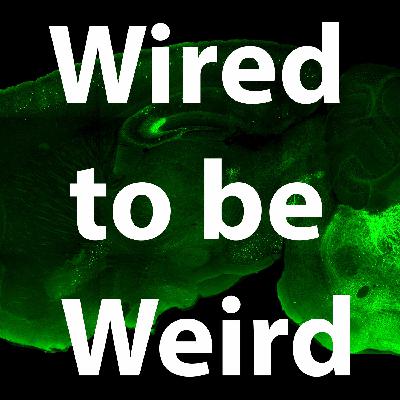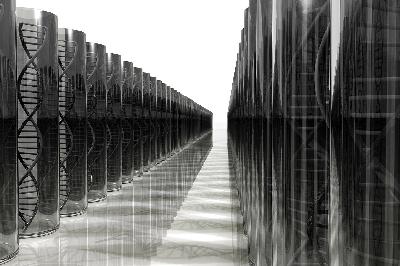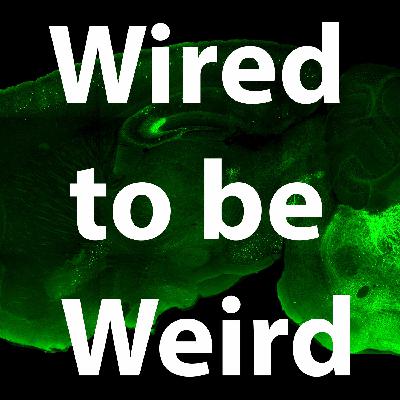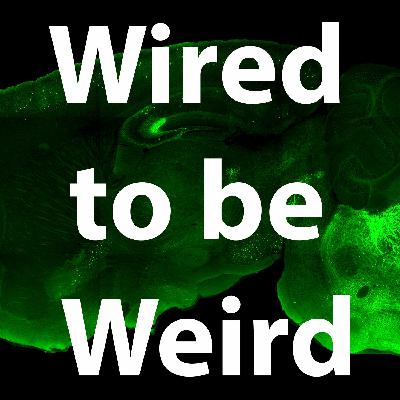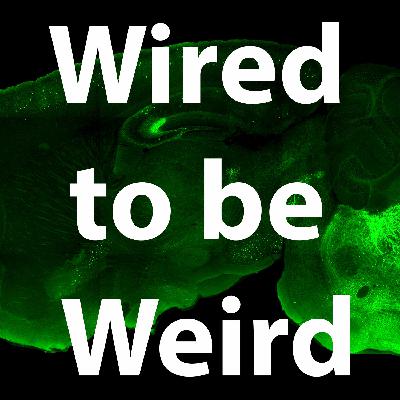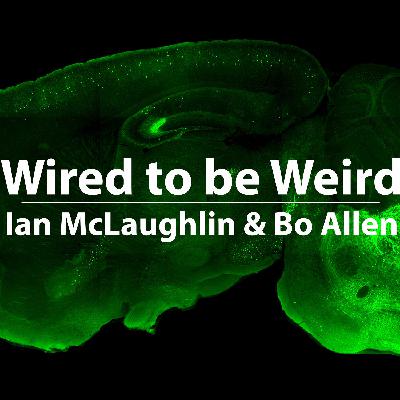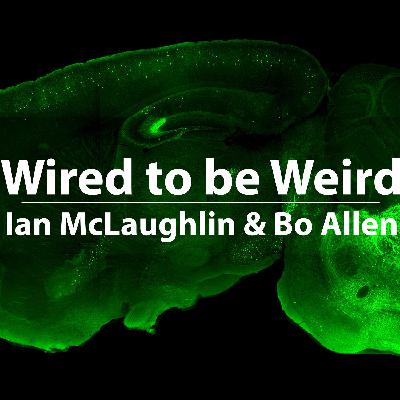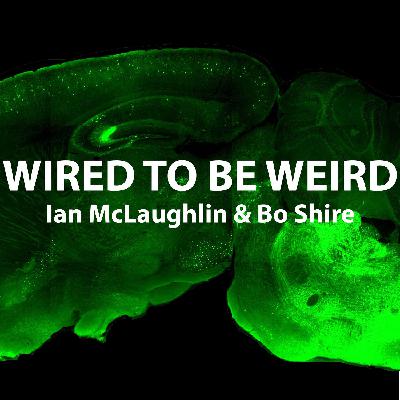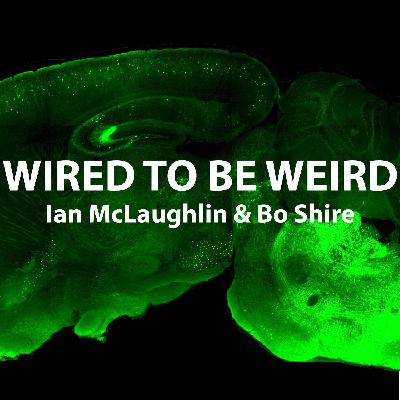The Beast Inside Us All (SPE II)
Description
sqs-block-image-figure
intrinsic
">
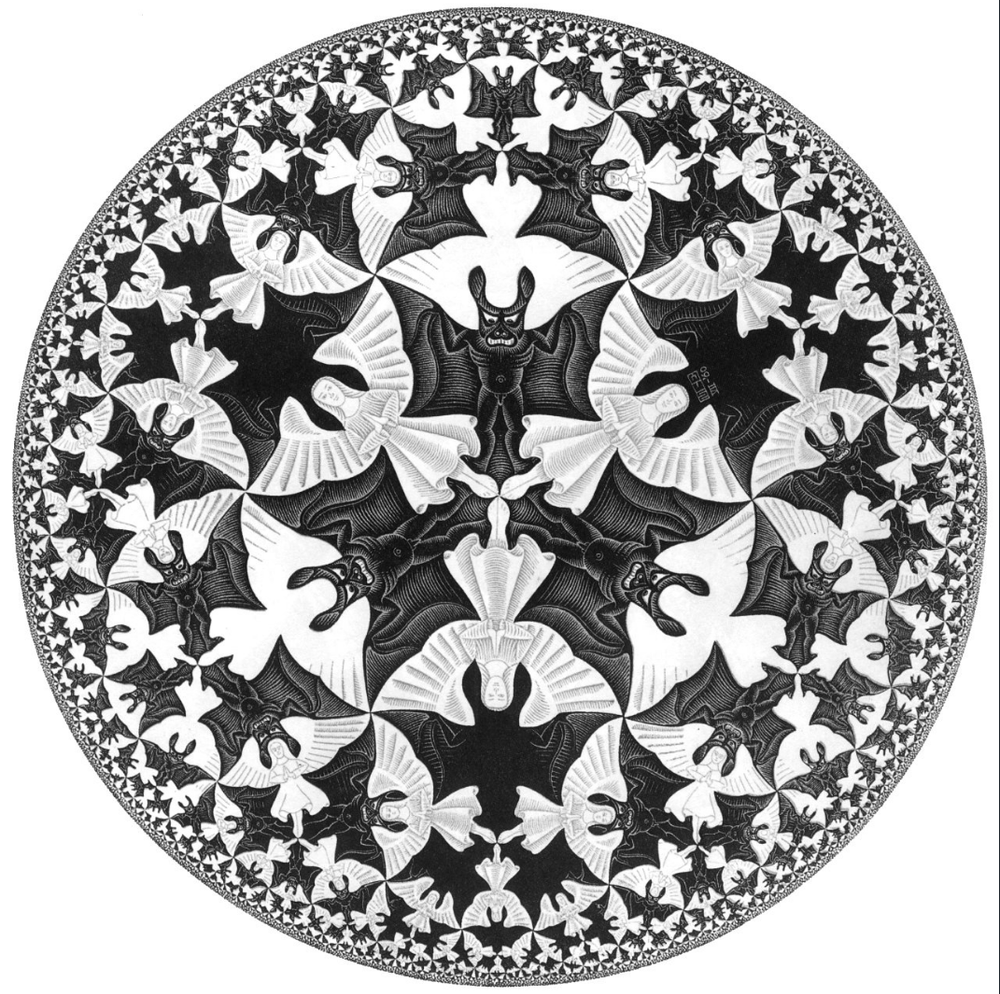
<figcaption class="image-caption-wrapper">
M.C. Escher, Circle Limit IV. From Wikimedia: https www.wikiart org:en:m-c-escher:circle-limit-iv
</figcaption>
</figure>
<figure class="
sqs-block-image-figure
intrinsic
">
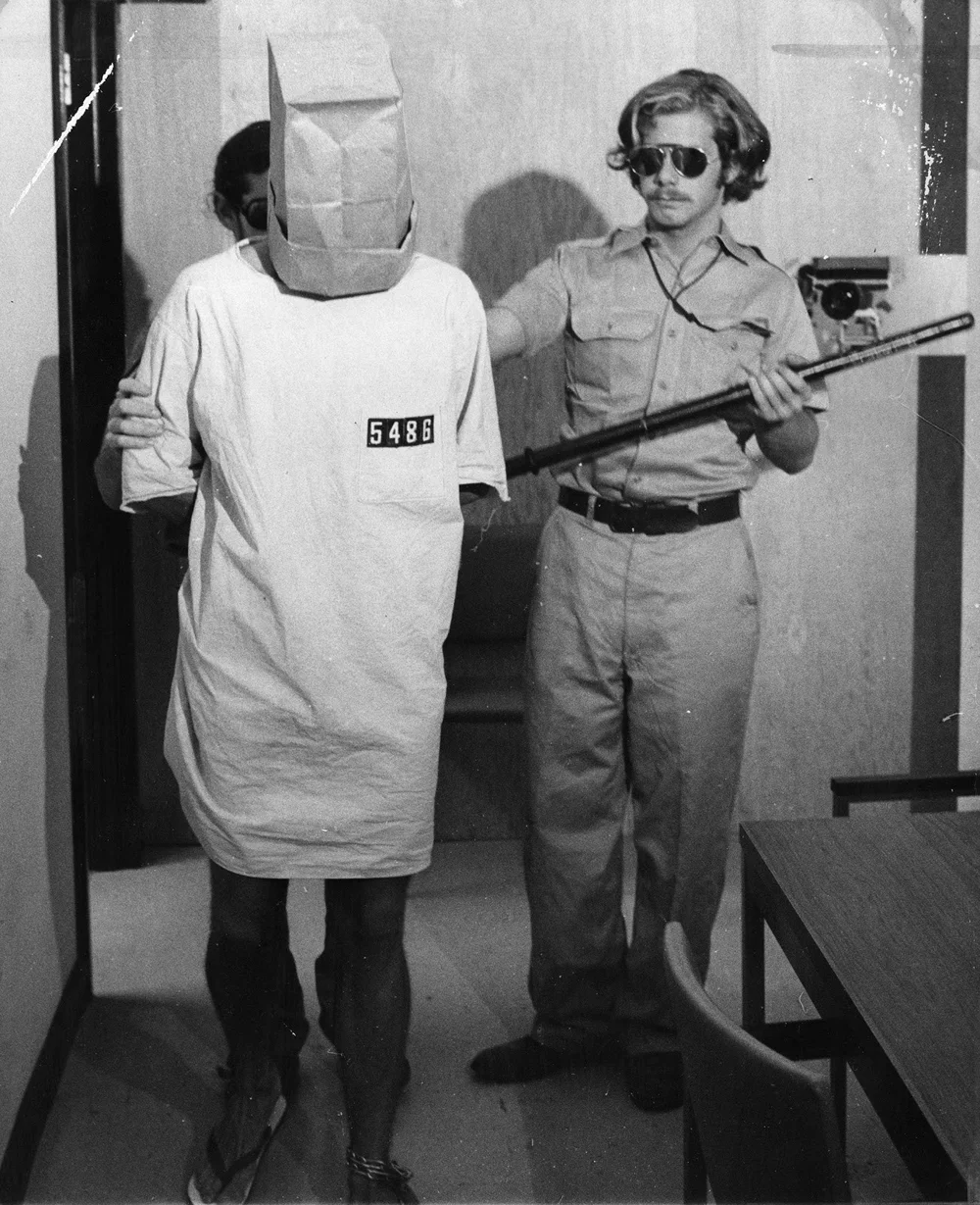
<figcaption class="image-caption-wrapper">
Participants of the SPE
</figcaption>
</figure>
<figure class="
sqs-block-image-figure
intrinsic
">
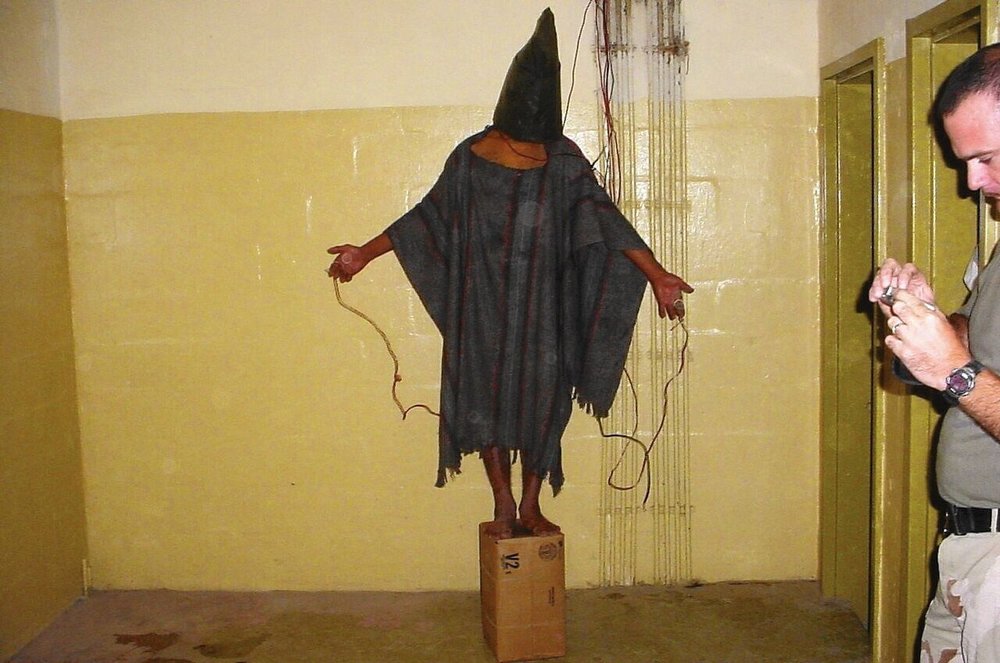
<figcaption class="image-caption-wrapper">
One example of the prisoner abuse at Abu Ghraib
</figcaption>
</figure>
<figure class="
sqs-block-image-figure
intrinsic
">
</figure>
<figure class="
sqs-block-image-figure
intrinsic
">
</figure>
Bo and I discuss a debate that's existed in science for...what seems like forever. Is everyone capable of the types of atrocities that occurred throughout history, like the prisoner abuse at Abu Ghraib? Philip Zimbardo, the primary researcher who led the Stanford Prison Experiment, posted a defense of his study, and we use it as a framework to discuss what we know - and, more importantly - don't know about human behavioral predispositions.
We also updated our recording set-up, so I hope you'll excuse any audio weirdness as we go through growing pains.
<figure class="
sqs-block-image-figure
intrinsic
">

</figure>
<figure class="
sqs-block-image-figure
intrinsic
">

</figure>
Literature referenced:
- LUIGI BARZINI, author of “The Italians”; ROME. (1973, March 25). How Pirandello Became Pirandellian (And Other Things). Retrieved from https://www.nytimes.com/1973/03/25/archives/how-pirandello-became-pirandellian-and-other-things-barzini-on.html
- Heirs of Pirandello. (1999, March 10). Retrieved from https://www.theguardian.com/theguardian/1999/mar/10/features11.g26
- Philip Zimbardo's Response to Recent Criticisms of the Stanford Prison Experiment. (n.d.). Retrieved August/September, 2018, from http://www.prisonexp.org/response/
- Haney, C., Banks, C., & Zimbardo, P. (1973). Interpersonal Dynamics in a Simulated Prison Study, circa 1973. Retrieved August/September, 2018, from https://exhibits.stanford.edu/spe/catalog/fb081wn8980
- Zimbardo, P. (2008, September). Retrieved August/September, 2018, from https://www.ted.com/talks/philip_zimbardo_on_the_psychology_of_evil?language=en
- Stanford Prison Experiment: Prisoner 8612's Emotional Breakdown. (2018, June 26). Retrieved August/September, 2018, from https://www.youtube.com/watch?v=kXOM8IK4HOs

